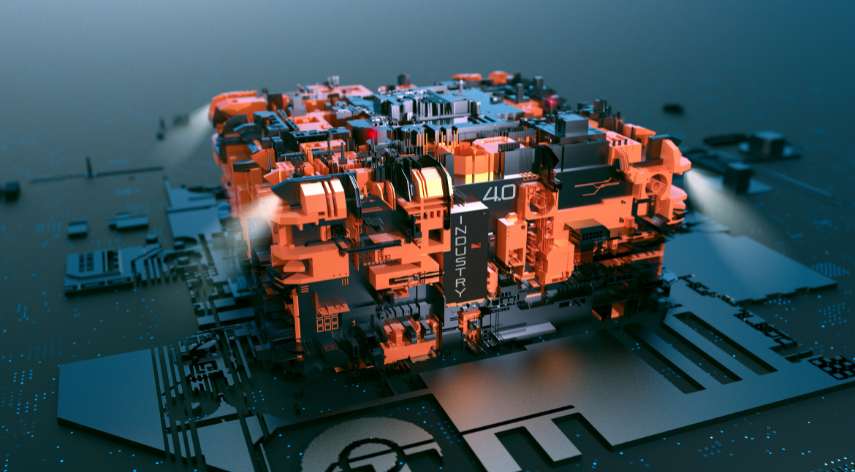The Pros and Cons of Buying a Prestige Car

For many people, owning a prestige or luxury car is a dream and a status symbol. Brands like BMW, Mercedes, Audi and Jaguar carry an air of success and wealth. Owning a Lexus or a Mercedes puts you head and shoulders above the other mums on the school run, and a shiny new Porsche stands out for the right reasons in the company car park. However, there are several pros and cons to consider before purchasing an expensive vehicle.
The Status Symbol
One of the biggest reasons people desire a prestige car is for the elevated social status it brings. Driving an executive model luxury vehicle bought from prestige car dealers in Chesterfield, for example, projects an image of affluence and style. Parking a high-end car in front of a restaurant or event makes a statement. Many luxury car owners enjoy the attention and unspoken respect they receive for owning a vehicle with an elite badge.
However, not everyone values flaunting wealth, and some prefer to keep a low profile.
Performance and Comfort
In addition to their bold styling, prestige cars are engineered for optimal performance and handling. Sports sedans like the BMW M3 are built for speed and precision. Luxury SUVs offer smooth, quiet rides. Cabins are decked out in fine leather, real wood accents and the latest technology. From responsive engines to massage seats, prestige cars aim to provide an unmatched driving experience centred around comfort and capability. This level of quality craftsmanship comes at a steep price.
Reliability and Reputation
Prestige brands invest heavily in engineering, design and testing to uphold their esteemed reputations. Owners can generally count on a luxury vehicle to be well-made and reliable for many years. These cars must pass rigorous inspections and rarely suffer from defects. Their reputations are hard earned over decades of consistent, high-quality manufacturing. However, when repairs are needed, costs are significantly higher than mass-market cars.
Ongoing Costs
Beyond the initial purchase price, owning a prestige vehicle carries greater ongoing costs. Insurance premiums are higher due to the increased value and repair costs. Many models require premium, high-octane petrol. Tyres, brakes and other wear-and-tear items are more expensive. Regular maintenance visits are pricier at luxury dealerships. Minor dents or scratches can run over £1,000 to repaint or restore. The lavish interior materials are easily damaged. These enduring expenses make luxury cars impractical for budget-conscious buyers.
Depreciation
All new cars lose value quickly, but luxury autos depreciate faster than mainstream brands. A £70,000 car can lose 50% of its value in 3 years. This makes prestige vehicles poor investments unless kept long term. Depreciation should be factored when assessing affordability, but used prestige cars depreciate slower, holding value better than mass brands. A 2-3 year old luxury model can provide big savings over new.
Final Verdict
The allure of status and first-class driving experience makes prestige cars rewarding. However, buyers sacrifice affordability and low ownership costs. For savvy consumers who plan to keep their luxury vehicle long term, proper research can lead to a sound prestige car purchase. Otherwise, opting for a well-equipped, non-luxury model may be a smarter financial decision.




